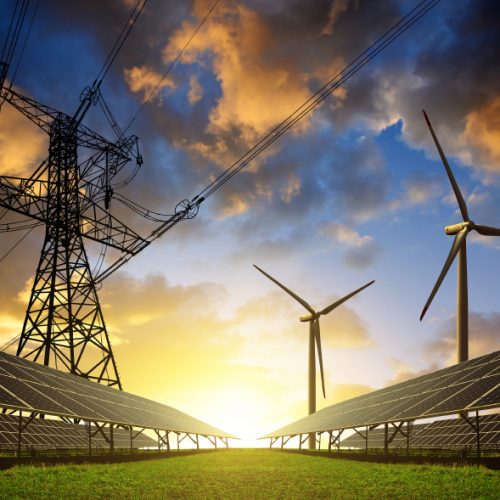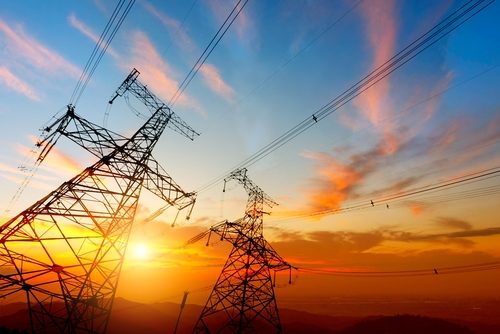
eLab Accelerator 2014
University of North Carolina System Energy Future

Project Objective
Develop a clean energy strategy for the 17-campus UNC system, defining the key resources and enablers needed.

Project Team Members
Jack Colby, Assistant Vice Chancellor for Facilities Operations, North Carolina State, LinkedIn
Jonathan Gross, Partner, CohnReznick, LinkedIn
Ged Moody, Sustainability Director, Appalachian State, LinkedIn
Mike O’Connor, Director-Physical Plant, Appalachian State, LinkedIn
Miriam Tripp, Special Projects Officer, UNC General Administration
Ivan Urlaub, Executive Director, North Carolina Sustainable Energy Association, LinkedIn

Project Description
The 17-campus University of North Carolina system has adopted aggressive energy and carbon reduction goals at the system level and on many individual campuses. Meeting these long-term goals requires the adoption of high-levels of low-carbon, renewable energy fuel sources. Renewable energy investment presents significant opportunity for educational, environmental, and economic value creation for the university system. However, many questions must be addressed to fulfill this promise. Renewable energy comes in many forms, many sizes, and the costs and capabilities of the technologies are rapidly evolving. Further, these investments face a complex web of regulatory and financing challenges. To advance the university system’s energy goals, the Finance and Regulatory working group of the UNC Energy Leadership Challenge seeks to develop a renewable energy strategy. At eLab Accelerator, the dedicated UNC team will collaborate with North Carolina energy and finance experts to build a more comprehensive view of the renewable energy potential for the UNC system and further explore new mechanisms for project financing. In addition, the team will develop strategies to attract key technology and finance partners to advance UNC system energy goals.

Progress Made to Date (pre-Accelerator)
Carbon neutrality for every campus by 2050 is a goal of the University of North Carolina system. Individual campuses have set interim milestones in areas such as energy efficiency and renewable energy adoption. In 2012-13, the UNC system saved over $74 million in avoided energy costs over a baseline year of 2002. In the last decade, campuses have reduced total energy use per square foot by 20%, and campuses have begun experimenting with renewable energy investment. For example, NC State has installed over 130 kW of solar PV on campus buildings and homes. Appalachian State University has installed a 100 kW wind turbine and nearly 30 kW of solar PV. These efforts are supported and driven by the system-wide Appalachian Energy Summit, which convenes campus leaders twice each year to work on energy efficiency and renewable energy issues. Through the summit, the UNC system is pioneering an innovative model for coordinating energy planning across a diverse constellation of state universities.

Post-Accelerator Outcomes
At Accelerator, UNC representatives and North Carolina energy experts developed a plan to achieve greater adoption of renewable energy by the 17-campus university system. The team mapped short-term and long-term goals for project development and program rollout, and reviewed the best options for project financing. Following Accelerator, team members are pursuing agreed upon activities to support the university system carbon neutrality goal, including pursuit of additional funding sources, developing marketing and outreach materials, and securing additional expertise.